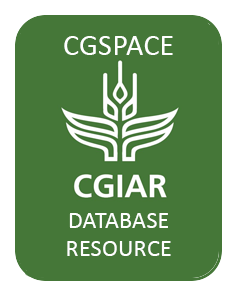A 2019 nexus social accounting matrix for Sudan
Nexus SAMs aims to improve the quality and standardize the construction process of SAMs using a standard toolkit that enables tracing data sources and assumptions. The unified structure of nexus SAMs allows for more robust cross-country comparisons of economies, especially the sectoral composition, allocation of government spending and trade orientation.

